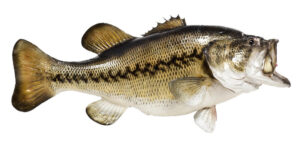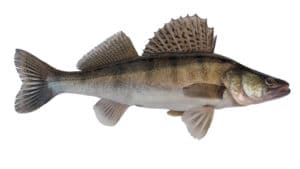Types of Fishing Lines
There are various kinds of rods, hooks, and reels for different kinds of fish. It is normal to have different types of fishing lines too! To become a successful fisherman or angler, it is important to choose the right fishing tackle. You can catch fish even with a broken reel or rod, there are instances like that. But you can’t catch a fish if your line breaks. So when searching for the right type of fishing line, it is important to pay attention to even the minor information.
There are four different types of fishing line, such as braided, monofilaments, fluorocarbon, and nanofil fishing lines. In this article, we will deal with these four types of fishing lines. When choosing a fishing line, keep in mind the type of fish you want to use it for. The price of the line varies and so also the composition. Quality must not be compromised; it can make the difference between going home empty handed and having a successful fishing trip. A good fisherman knows the importance of buying the best fishing lines. The following are the different types of fishing lines.
Braided fishing lines: This is one of the oldest kinds of fishing lines. It’s still very popular today. These lines are very strong, the strongest of all lines. They are made by braiding or weaving manmade fibers that make it resistant to corrosion. This fishing line has become even more popular to use in many aspects of fishing than before. It has been used for a long time by carp fishermen, but recently more and more fishermen understand the advantages of using a line far better in strength and diameter ratio than any mono.
Braided line is stronger than monofilament, so the diameter of the line is much smaller. Berkeley makes up to 200 lbs, and this line has a width equivalent to 50 lbs pound-test monofilament Braids used to be visible in the water although now with braids like Dark Moss Green Braid this has almost been eradicated entirely. The Dark Moss Green Braid is very common with Carp fishermen.
Braided fishing lines are abrasive resistant and with greater strength to diameter ratio, they are less likely to snap under most pressures. Some braids lines are available only with a diameter of 0.28 mm to 100 pounds breaking strain! Braid lines are made from the same material used in making bulletproof vests.
But there are also negative aspects to these lines as well. Tying knots to braid lines is extremely difficult. It is slippery and the knot comes off easily, only a few knots can be tied to it if you do it right. It is difficult to cut braid lines, you must have with you a pair of scissors, a clipper would not do. But, if you fish in heavy water vegetation such as lily Pads, hydrilla, the braid lines will cut through the trunk of these plants without the fish tangling you up. These fishing lines will meet your needs if you are targeting big fish and you need to cast long distances.
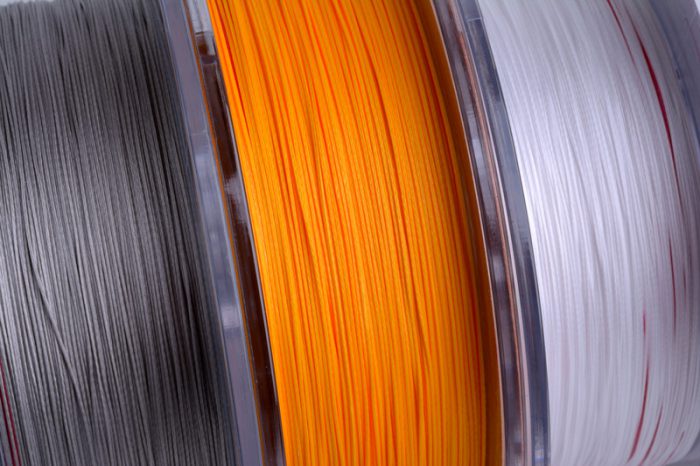
Monofilament fishing lines: these kinds of lines are compatible with all kinds of fishing conditions. They are very common as a lot of anglers prefer this kind of line. To be precise, these lines are ideal for freshwater fishing in lakes and streams. Monofilament lines are plastic lines made of nylon. They are very invisible in the water. Monofilament lines need to be replaced after few years since they do not promise long-lasting durability against heat and water. These lines come cheap and work in a wide range of fishing needs. Monofilament lines come with one drawback; they cannot be stretched easily if not use for a long period of time. However, this drawback does not stop them from being the most suitable lines for regular fishing activities.
They hold better to reel spools and will not slip within a knot as frequent as the braided line. They are also transparent, so it is unlikely that dangerous fish will detect it.
In addition, when fishing soft plastic or jigs, fishermen may miss subtle strikes when energy is absorbed by the line instead of shooting up to the rod tips. This makes it a deal-breaker to some fishermen since many no-stretch lines are available now.
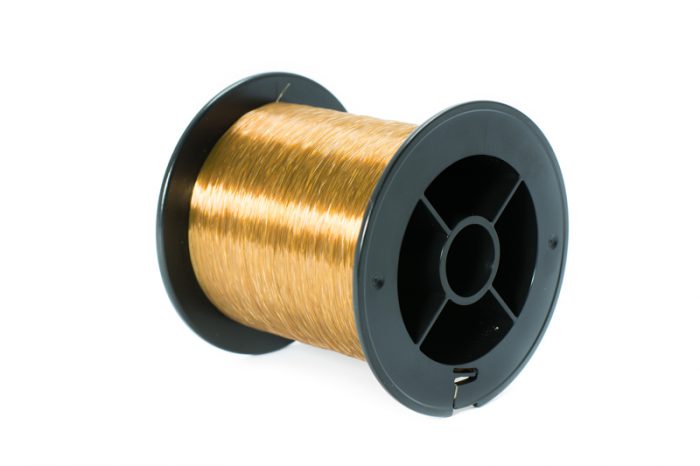
Fluorocarbon Fishing Lines: This line was first developed in Japan but has gained popularity all over the world. Fluorocarbon fishing lines are popular among fishermen because of their complete invisibility nature in the water. These lines come with abilities such as resistant power against gasoline, sunlight, and battery acid. They don’t absorb water or stretch out like monofilament lines. Fluorocarbon lines are abrasion resistant and their lack of stretch and stiffness make them the favorite among many fishermen, however these very characteristic features can also be a drawback if not chosen wisely.
Fluorocarbon is made out of a material that’s heavy and dense. It has almost the same refractive index like water; this means it bends light like water. Its original objective was for something that disappears under water, and it practically does.
The fact that fluorocarbons lines have poor memory means that they can cause problems on fishing reels. After the cast, these lines can continue to shoot off the reel which cause line bird’s nest.
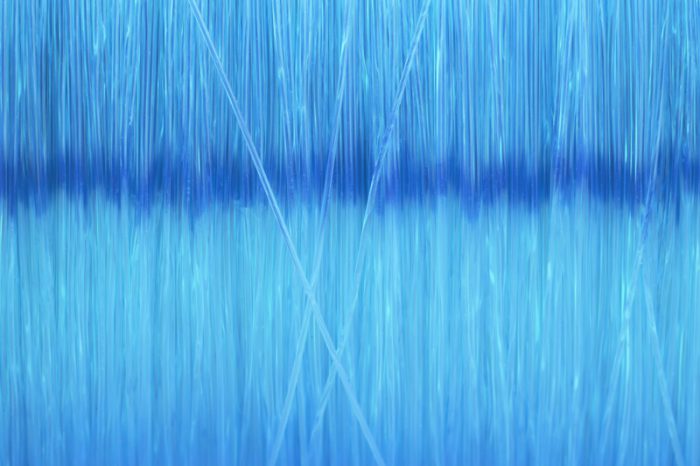
Nanofil fishing line: Berkley the world leading fishing line producer introduces a product called Nanofil which is neither a braid nor a monofilament. In fact, it is made of the same thing as braid lines, but in reality, it is not really braided. This line pushes the limits for maximum strength and minimum diameter.
Nanofil line helps fishermen to experience excellent casting distance and precision that allow them to cover distance of water and land more fish. It non stretch means great sensitivity. You can now feel the lot from the lightest pickups to loud strikes. Nanofil is produce with 100 percent Dyneema, it has extremely high strength and diameter ratio, and this is the thinnest Berkley line yet which mean you can go lighter than before. Smooth and thin are the first words that you think of when you touch it. And wow! Is the first thing you will say when you use it.
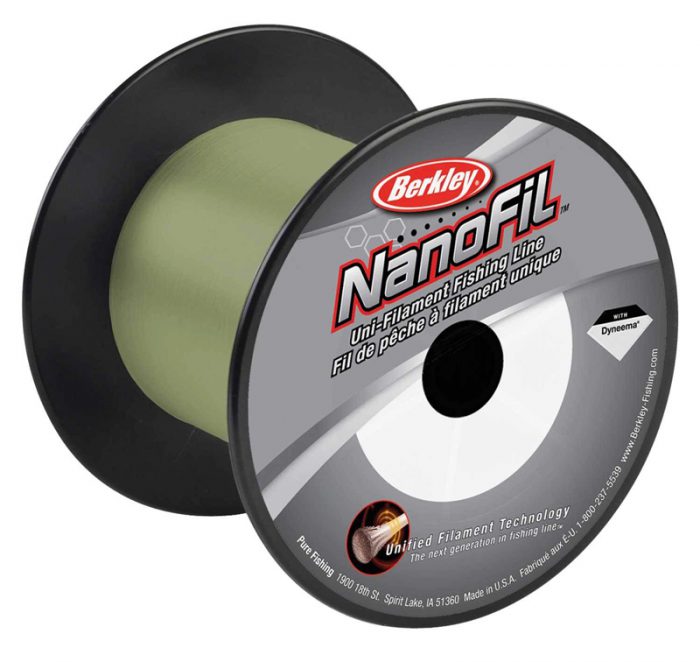
If you fish bass, this post is for you >> The Best Fishing Line for Bass
